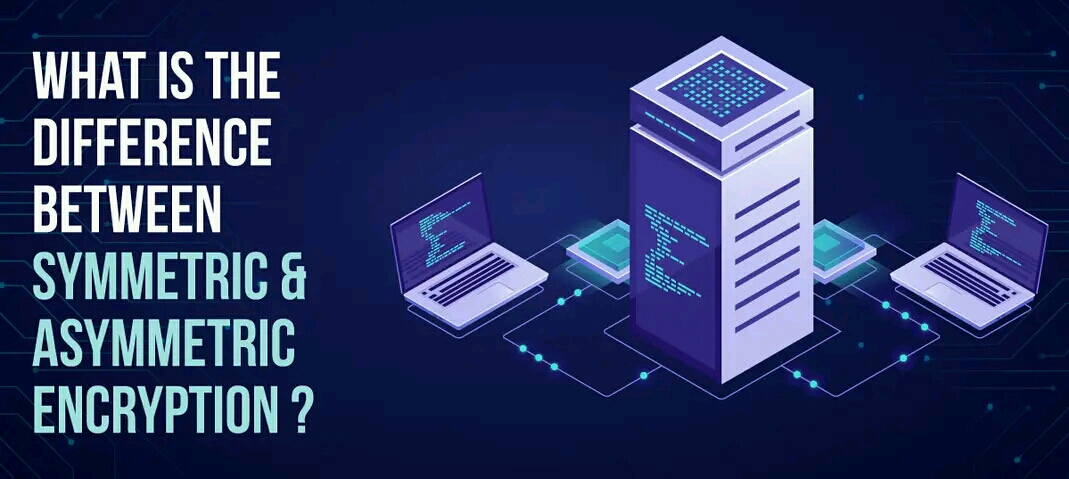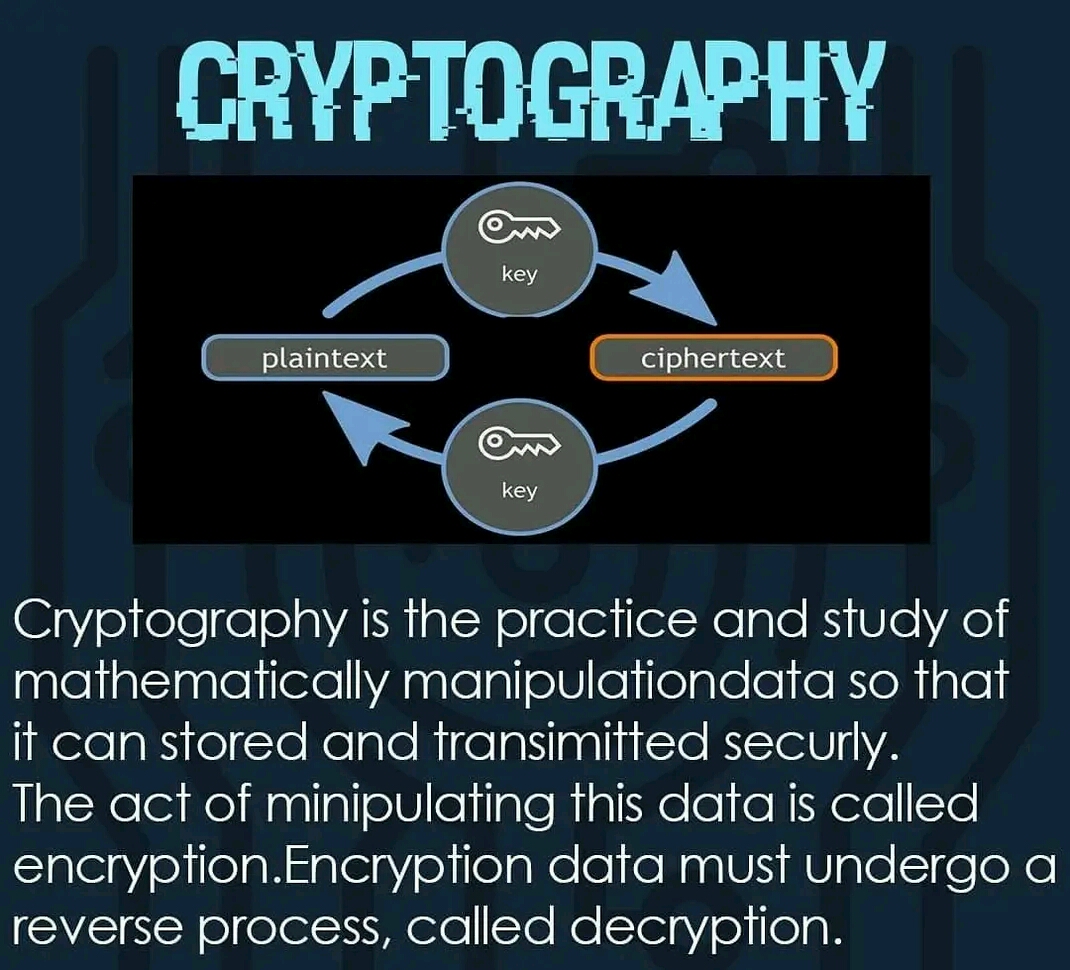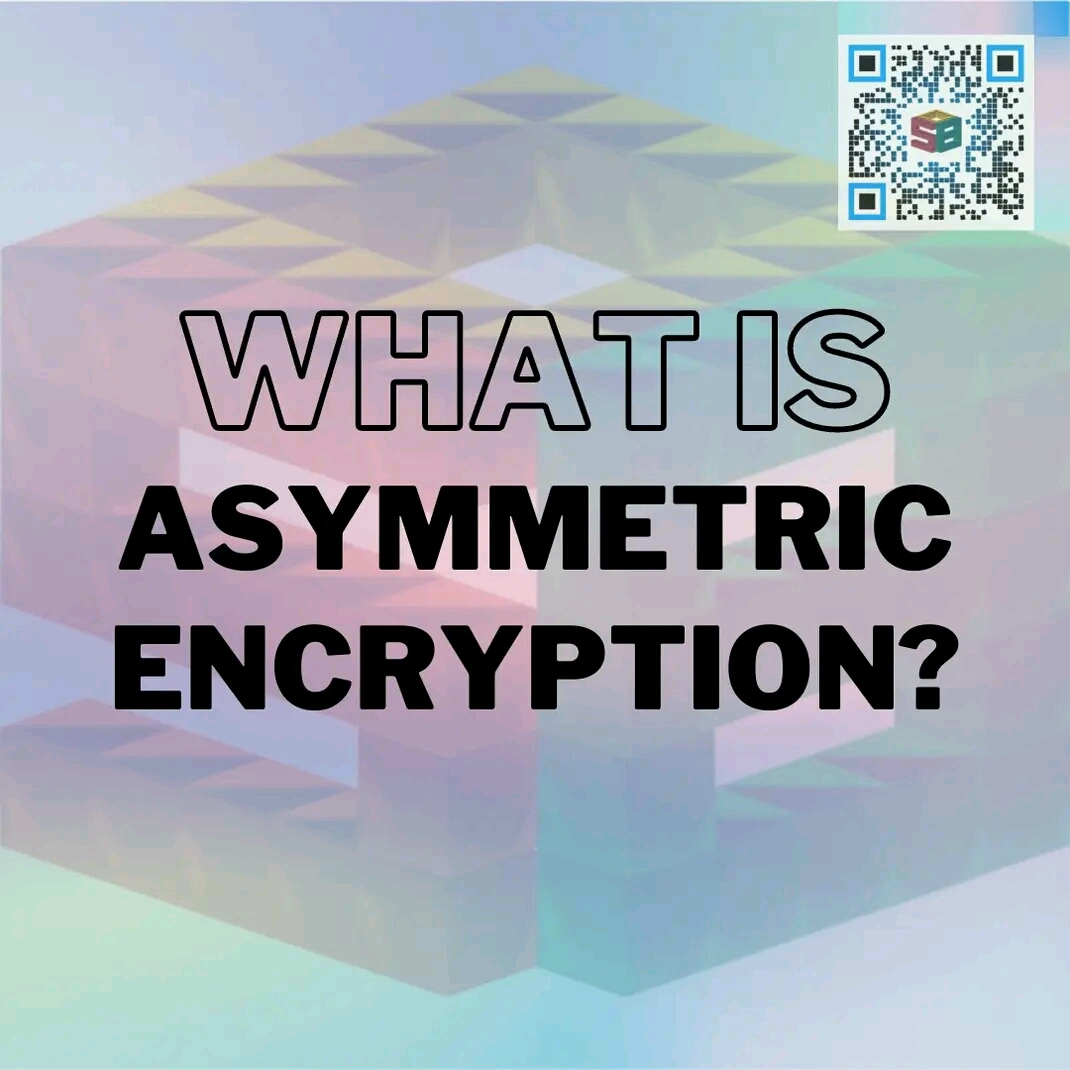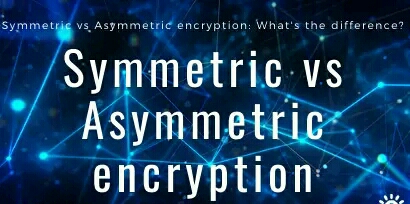What Is The Difference Between Symmetric And Asymmetric Encryption?

What Is The Difference Between Symmetric And Asymmetric Encryption?
For better understanding of this topic, which is “What is the difference between Symmetric and Asymmetric encryption?”, let’s start with cryptography.
What is Cryptography?
Cryptography forms the backbone of cryptocurrency processing by facilitating the sending of secure messages between senders and receivers. The sender encrypts a message using a type of key and algorithm and sends an encrypted message to the receiver. The receiver receives an encrypted message and decrypts it to generate the original message.

Cryptography is used for many purposes. For example, securing the various transactions happening on the network, controlling new currency units, and verifying the transfer of digital assets and tokens.
How many methods of Cryptography are there and what are they?
There are three Cryptography methods that are mainly used with Cryptocurrencies.
1.Symmetric Encryption Cryptography
2.Asymmetric Encryption Cryptography
3.Hashing
What is encryption and how important is it?
Encryption is the process through which data is encoded so that it remains hidden from or inaccessible to unauthorized users. It helps protect private information, sensitive data, and can enhance the security of communication between client apps and servers. In essence, when your data is encrypted, even if an unauthorized person or entity gains access to it, they will not be able to read it.
How to encrypt data
The process itself is fairly straightforward. To encrypt data, an encryption key uses an encryption algorithm to translate (encode) plaintext or readable data into unreadable data or ciphertext. Only the corresponding decryption key can decode the scrambled ciphertext back into readable plaintext. How the encryption is done and what type of encryption is used gets much more complex.
Types of encryption (Symmetric and asymmetric encryption)

Symmetric encryption
With a symmetric algorithm, both encryption and decryption keys are the same, so the same key must be used to enable secure communication. Symmetric algorithm encryptions are commonly used for bulk data encryption and are fast and easily implemented by hardware. The downside is that anyone with that decryption key can decrypt your data even if it is not intended for them.
Asymmetric encryption
In asymmetric algorithm encryption, two separate but mathematically linked encryption keys are used. A public key is used to encrypt the data and can be distributed while the private key is used to decrypt the data and, therefore, is kept private.
Through the use of a private key, asymmetric encryption eliminates the preliminary exchange of secret keys, allows for public keys to be shared with anyone, and provides an underlying architecture for digital certificates, digital signatures, and a Public Key Infrastructure (PKI). The disadvantages are that it is slower than symmetric algorithm encryption and that it requires greater computation power.
What is asymmetric encryption algorithm?
The symmetric encryption algorithm means that the same key is used for encryption and decryption. Unlike symmetric encryption algorithm, asymmetric encryption algorithms require public and private keys. The public and private keys are a pair. If the data is encrypted with a public key, it can only be decrypted with the corresponding private key.
Asymmetric encryption is more secure than symmetric encryption. The same secret key is used by the two parties using it to encrypt communications. If the secret key from one party is compromised, the entire communication will be cracked.
Asymmetric encryption uses a pair of keys, one for encryption and the other for decryption. The public key is open to the public and private key is kept by itself. It is not necessary to synchronize the private key before communication, which avoids the risk of hackers stealing information in the process of synchronizing private keys.
Symmetric
There are two types of encryption algorithms: symmetric and asymmetric. With a symmetric algorithm, both encryption and decryption keys are the same, so the same key must be used to enable secure communication. Symmetric algorithm encryptions are commonly used for bulk data encryption and are fast and easily implemented by hardware. The downside is that anyone with that decryption key can decrypt your data even if it is not intended for them.

Asymmetric
In asymmetric algorithm encryption, two separate but mathematically linked encryption keys are used. A public key is used to encrypt the data and can be distributed while the private key is used to decrypt the data and, therefore, is kept private.
Through the use of a private key, asymmetric encryption eliminates the preliminary exchange of secret keys, allows for public keys to be shared with anyone, and provides an underlying architecture for digital certificates, digital signatures, and a Public Key Infrastructure (PKI). The disadvantages are that it is slower than symmetric algorithm encryption and that it requires greater computation power.
What is private key?
A private key, also known as a secret key, is a variable in cryptography that is used with an algorithm to encrypt and decrypt code. Secret keys are only shared with the key’s generator, making it highly secure. Private keys play an important role in symmetric cryptography, asymmetric cryptography and cryptocurrencies.
The complexity and length of the private key determine how feasible it is for an interloper to carry out a brute force attack and try out different keys until the right one is found.
How does a private key work?
Private key encryption is referred to as symmetric encryption, where the same private key is used for both encryption and decryption purposes. A private key is typically a long, randomly generated number that cannot easily be guessed. Since only one key is involved, the process is fast and simple.
For common people
Private key is simply a key to your account.
SEE ALSO : WHAT IS CRYPTOGRAPHY?
Hope this post on What Is The Difference Between Symmetric And Asymmetric Encryption helps?

Comments are closed.